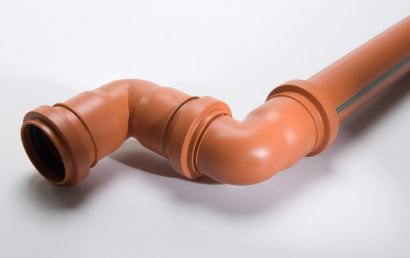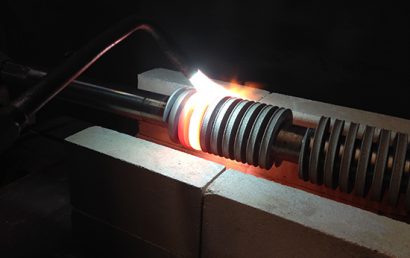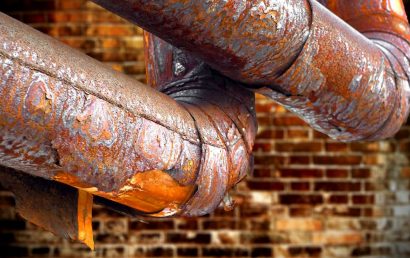Protective Coatings Increase Tool and Die Life
For some time now, a major role has been played by protective coatings to reduce costs and increase productivity in metal forming and treatment processes like heat treatment and hot forging. In present-day, that role is doing anything but decreasing. Quite the contrary, in fact.
The Problem That Exists
In most industries, one of the main reasons for increased costs and production downtime is tool, mold, and die wear. One must increase the service life of these to effectively protect a company’s bottom line.
Spot On Protective Coatings
In the case of forging dies, they typically wear out in precise areas, rather than the entire die wearing out at the same time. The majority of a forging load may be placed on edges and other sensitive portions of the die. So, it only makes sense that those areas would wear out before the rest of the die. Thermal spraying a protective coating on the entire die can help reduce this effect. But, thanks to today’s technology and advancements in the field of protective coatings, there are also special processes that increase the service life of tools, molds, and dies by applying a tungsten carbide coating to specific areas more prone to wear.
Anti-Scale Protective Coatings
These types of coatings can be used to increase yield and reduce rejections. Rejections and pit-marks are a result of scaling and oxidation. Bad surface finish, uncontrolled decarburization, and scale pits are simply not acceptable today. But operations like grinding, blasting, etc. add no value, and are time-consuming and costly.
How do anti-scale protective coatings work? Before charging them into a furnace, components or billets receive an anti-scale coating that, after application, is heated. This coating serves as a barrier between metal and oxygen. Processes used to apply the coating are painstakingly accurate and can involve dipping, spraying, or brushing.
Anti-scale protective coatings have been shown to effectively increase yield, improve surface finish, control decarburization, and reduce scaling. During heating, these anti-scale protective coatings are applied on billets for foraging. Reducing scaling on billets means that forged parts stand a better chance of having an acceptable surface finish and no scale pits.
In Conclusion
Anti-scale protective coatings provide the following benefits:
- Increase yield
- Consistently controlled decarburization
- Acid pickling/shot blasting time is either eliminated or reduced to a great extent
- Reduced rejections due to scale pits because of substantially reduced scaling
The professionals at A and A Coatings have years of experience in the tool and die industry. We have carefully examined the unique problems that have continually presented themselves over time, analyzed the data, and found solutions that will help keep your company up and running. By employing the most modern protective coating techniques and processes, we can help you protect not only your components and machinery, but your company’s bottom line. We have knowledgeable staff at the ready to answer any and all of your questions. Contact us today to find out how thermal spray applications and the use of protective coatings can benefit you, your company, your machinery, and its components.



